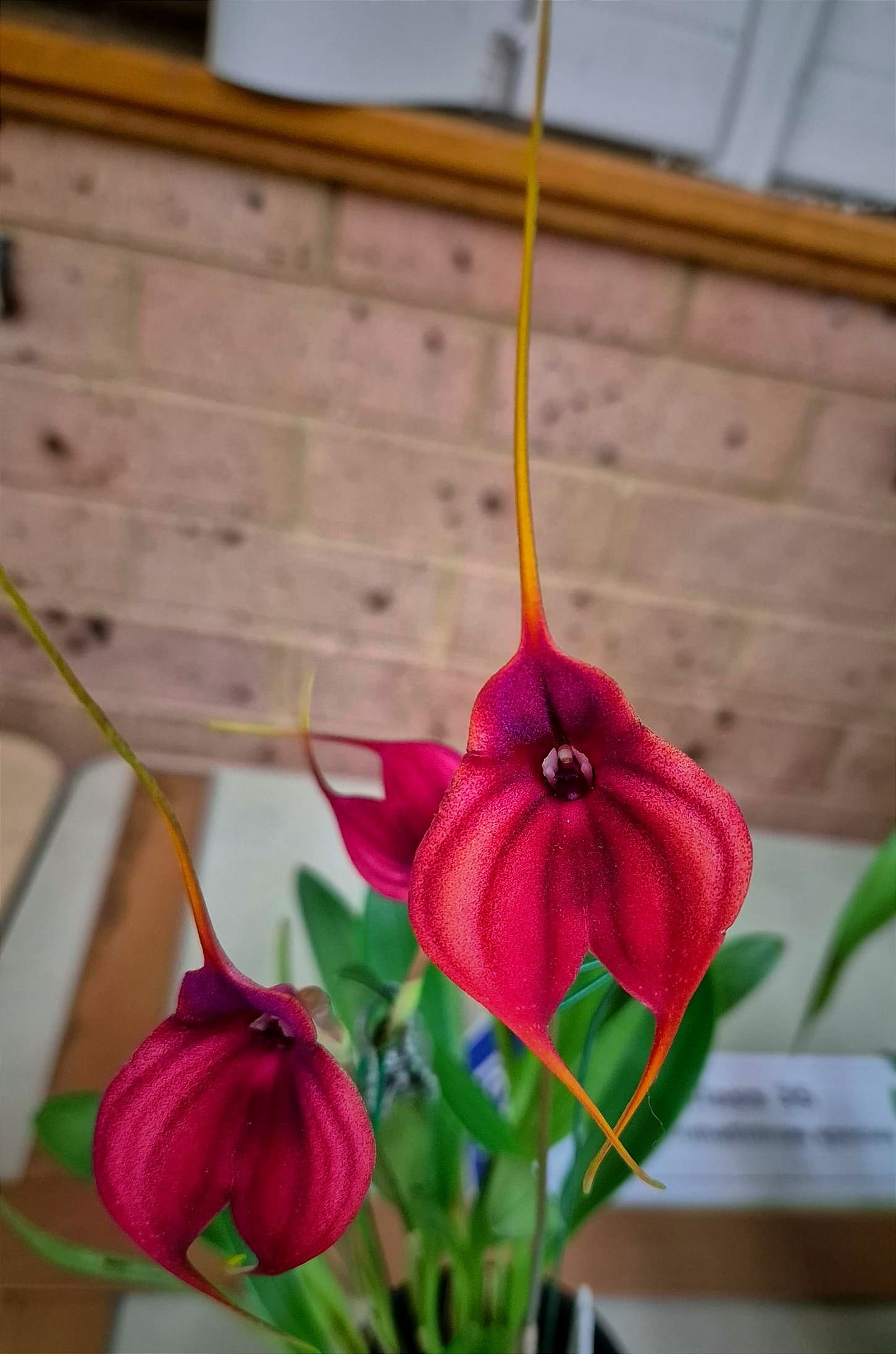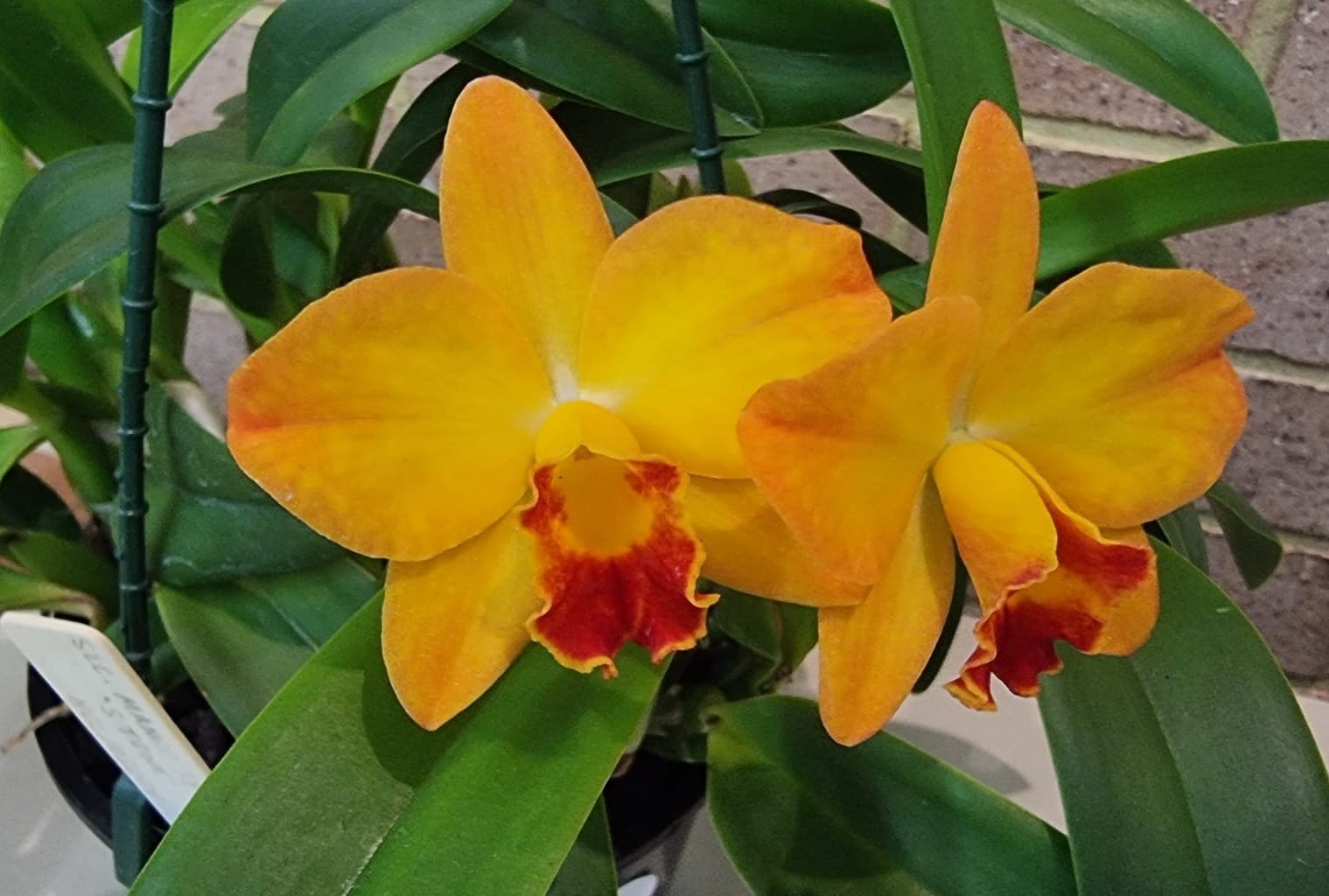5 Challenging Orchids Beginners Should Avoid in 2025: Expert Growing Guide

Did you know that nearly 60% of first-time orchid growers abandon the hobby within their first year? Many enthusiasts dive into the world of orchids only to face disappointment when their chosen plants struggle to thrive. While exotic and rare orchids are undeniably captivating, some species demand precise growing conditions that even seasoned growers find challenging.
To help you start your orchid-growing journey on the right foot, let’s explore five challenging orchid types beginners should avoid. We’ll also offer beginner-friendly alternatives to ensure your experience is rewarding and frustration-free.
1. The Unforgiving Catasetums: Gorgeous but Demanding
Catasetums are admired for their striking, showy blooms, which include rare colors like black. However, their beauty comes with strict care requirements that can overwhelm new growers.
Why Catasetums Are Challenging
- Seasonal Watering Needs: These orchids originate from regions with distinct wet and dry seasons. To thrive, growers must replicate this cycle. Watering outside the correct season can quickly lead to root rot.
- Susceptibility to Rot: Early green shoots often tempt beginners to water prematurely. This mistake can result in fatal rot, setting plants back or killing them outright.
In their natural habitat, Catasetums rely on last season’s bulbs to begin growth before summer rains arrive. New growers frequently misinterpret initial green growth as a sign of active development, leading to overwatering and rot. Once you’ve had a plant for a few seasons, recognizing the right time to water becomes easier—but until then, it’s a steep learning curve.
Expert Tip: These unique watering requirements don’t align with most other orchids, making Catasetums a confusing choice for beginners. I've tried a couple of times and never been able to get it right in my mixed collection. Stick to simpler options to avoid frustration.
2. Masdevallias: Cool-Growing Jewels of the Andes
Masdevallias, often called the "jewels of the Andes," are compact orchids with vibrant, sizeable flowers. They seem perfect at first glance but hide significant challenges for novice growers.

Why Masdevallias Are Challenging
- Temperature Sensitivity: Native to cool, wet mountain regions, Masdevallias struggle in temperatures above 25°C. Hot climates, like Australia’s eastern seaboard, can be fatal without climate control.
- High Humidity Needs: These orchids require consistently high humidity levels, often above 60%, which can be difficult to maintain without specialized equipment.
Some dedicated growers resort to air-conditioned glasshouses or evaporative coolers to sustain their Masdevallias through hot summers. Such setups are costly and impractical for beginners with just a few plants. While hybridizers are working on temperature-tolerant varieties, these remain rare and often hard to identify.
Expert Tip: If you’re smitten by Masdevallias, research thoroughly to find hybrids that are considered temperature tolerant and more suited to your conditions. However, beginners are better off choosing hardier species.
3. Rare Species: Allure and Complexity
Rare orchids are a collector’s dream, offering uniqueness and exclusivity. Yet, these prized plants are notoriously difficult to grow, even for experts.
Why Rare Orchids Are Challenging
- Specialized Growing Requirements: Many rare orchids come from isolated habitats with precise conditions—specific light levels, temperature ranges, rainfall patterns and humidity. Replicating these environments is no small feat.
- Dependency on Ecological Relationships: Some rare species rely on unique interactions with insects, fungi, or trees in their native habitats, making cultivation nearly impossible without advanced setups.
- Limited Care Information: Unlike popular orchids, rare species often lack comprehensive care guides or community advice, leaving growers to rely on experimentation.
- High Costs and Risks: Rare orchids are expensive, with some plants costing hundreds or thousands of dollars. A single mistake—such as overwatering—can result in the loss of both the plant and your investment.
Example: The Ghost Orchid (Dendrophylax lindenii) thrives in humid, swampy conditions that are nearly impossible to replicate outside its native habitat. Few experienced growers have grown this plant successfully For beginners, the complexity and financial stakes of rare orchids make them a risky choice.
Expert Tip: Instead of rare species, start searching out unique color forms or varieties of common orchids. Build your skills before venturing into the world of rare plants. Some plants with loads of cool varieties include Den. speciosum, Vanda falcata, Cattleya intermedia and Paph. villosum
4. Multifloral Paphiopedilums: A Test of Patience
Multifloral Paphiopedilums, or slipper orchids, are admired for their cascading sprays of exotic blooms. Despite their beauty, these orchids require advanced care and exceptional patience.

Why Multifloral Paphiopedilums Are Challenging
- Slow Growth: Unlike single-flowered Paphiopedilums that bloom in 2-4 years, multifloral varieties often take 5-7 years or longer to mature. Some may require up to a decade before flowering.
- Exacting Care Requirements:
- Light: Multiflorals need 1500-2500 foot-candles, significantly more than standard Paphiopedilums.
- Temperature: They thrive in warm conditions (75-85°F) with pronounced day-night temperature differentials.
- Humidity: Maintaining 60-70% humidity with proper air circulation is essential.
Success often depends on creating microclimates that mimic their native habitats in Southeast Asia’s warm, humid forests. Many growers find that small greenhouse spaces or dedicated growing areas work best.
Expert Tip: These orchids are ideal for those deeply committed to the hobby. I recommend beginners start with easier Paphiopedilum species like venustum and villosum and hybrids like maudiaes and complexes to develop their skills.
5. Albinistic, Variegated, and Peloric Plants: Unique but Weak
Genetic mutations like albinism, variegation, and peloria create visually stunning orchids. However, these mutations often come with unintended challenges.
Why Mutated Orchids Are Challenging
- Weakened Growth: Mutations can hinder essential processes, such as photosynthesis. Variegated plants, for example, lack chlorophyll in some parts of their leaves, leading to slower growth and higher susceptibility to disease.
- High Costs: These unique plants often command premium prices, adding financial pressure to their care.
Example: The variegated Phalaenopsis hybrid Phal. Sogo Yenlin is notoriously weak and difficult to grow, while the variegated form of Phal. aphrodite is relatively strong and beginner-friendly.
Expert Tip: Stick to standard forms of orchids when starting out to ensure a rewarding experience. If you are set on these forms I suggest speaking with experienced growers as picking the right variety is key.
Beginner-Friendly Alternatives
For every challenging orchid, there’s a beginner-friendly counterpart that offers similar beauty with far less complexity. Here are some suggestions:
- Love Catasetums? Try miniature Cymbidiums. These come in various colors and bloom across extended seasons.
- Drawn to Masdevallias? Consider Miniature Cattleyas. They offer comparable size and vibrant flowers but are much easier to care for.
- Fascinated by rare orchids? Explore unique color forms of easy species like Laelia purpurata, which boasts numerous varieties and is beginner-friendly.
- Tempted by multifloral Paphiopedilums? Start with single-flowered hybrids or intersectional varieties like Paph. Transvaal for a gentler introduction.
- Interested in mutations? Focus on robust standard forms before experimenting with variegated or peloric plants.

Final Thoughts
While these five orchid types represent some of the most stunning specimens in the plant world, they’re best appreciated from afar when you’re just starting out. By choosing forgiving varieties, you’ll build confidence, develop essential skills, and avoid the heartbreak of losing prized plants.
Remember, even the most accomplished orchid enthusiasts began as beginners. With patience and the right choices, you can enjoy a lifetime of success and satisfaction in the rewarding world of orchid growing.

Member discussion